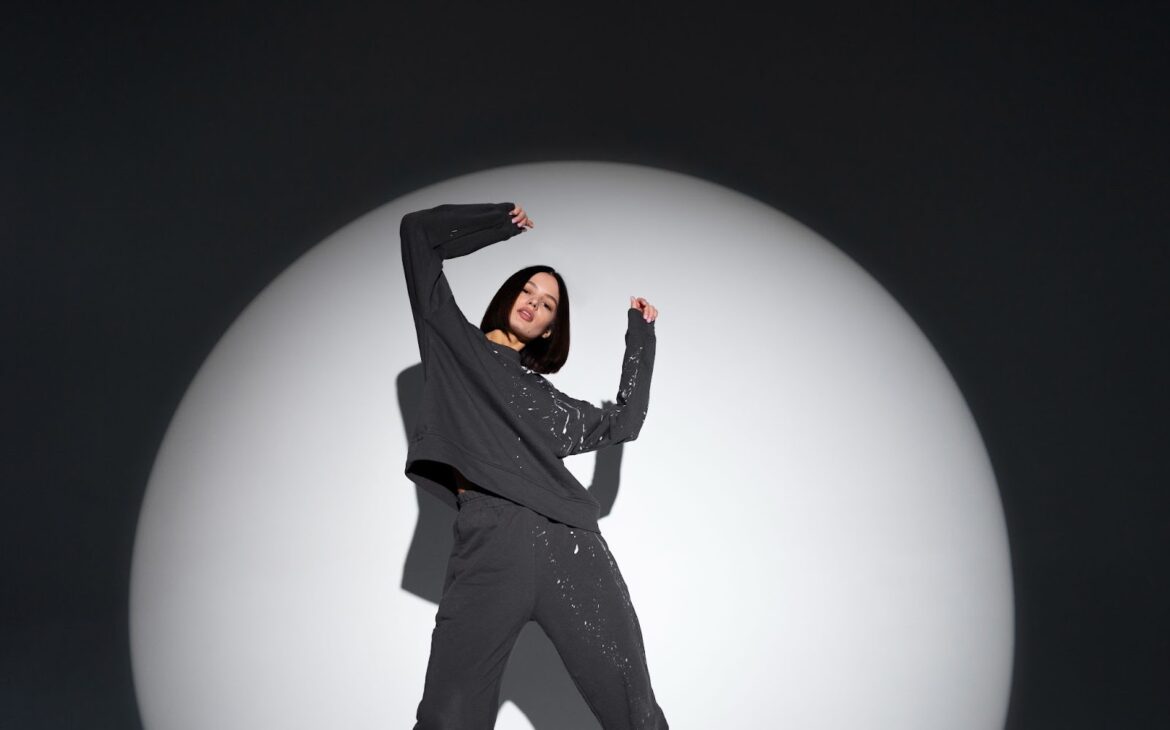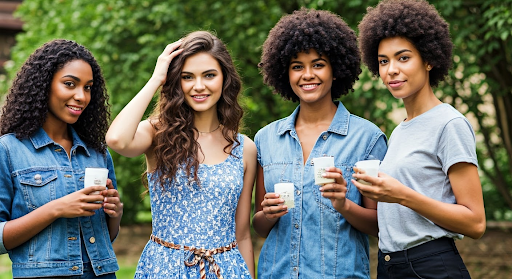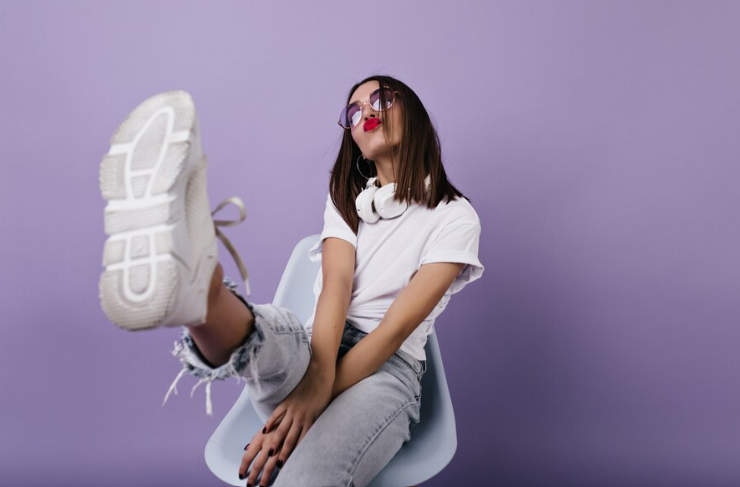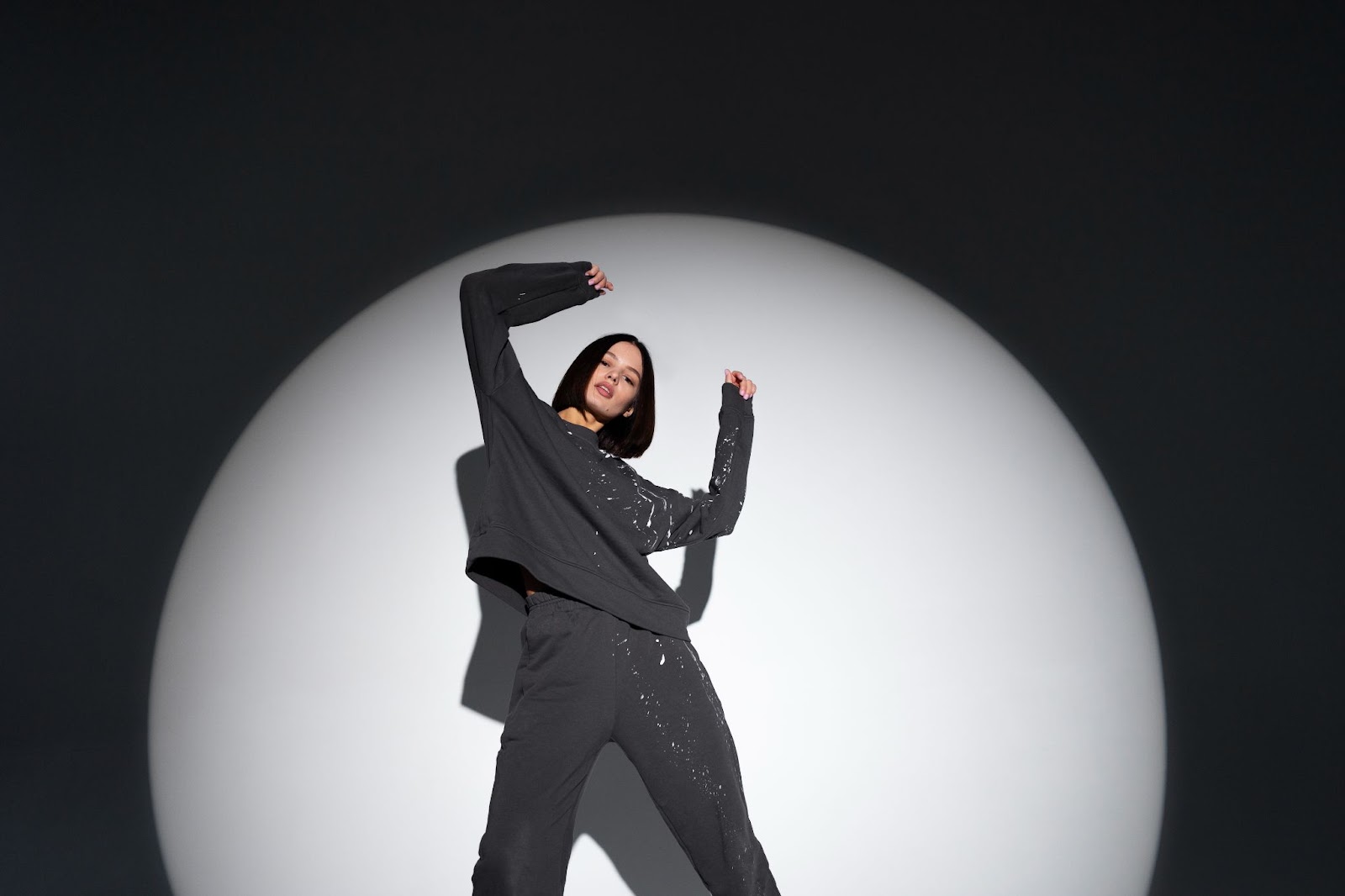
Fashion photography is a captivating blend of design and visual storytelling. However, without mastering composition, even the most vibrant colors, exquisite outfits, and striking poses can fall flat. Are you struggling to make your shots look fashion magazine-worthy? Perhaps your photos lack the impact, balance, or emotional connection that distinguishes professional work.
The secret to transforming ordinary images into extraordinary visuals lies in understanding the art of fashion photography composition.
In this blog post, we’ll discuss the essentials of fashion photography composition, from leveraging color theory and lighting to mastering key principles. Whether you’re a beginner or looking to refine your craft, the 20 tips in this guide will provide you with the knowledge to capture stunning fashion shots. Let’s dive in!
What is Fashion Photography Composition?
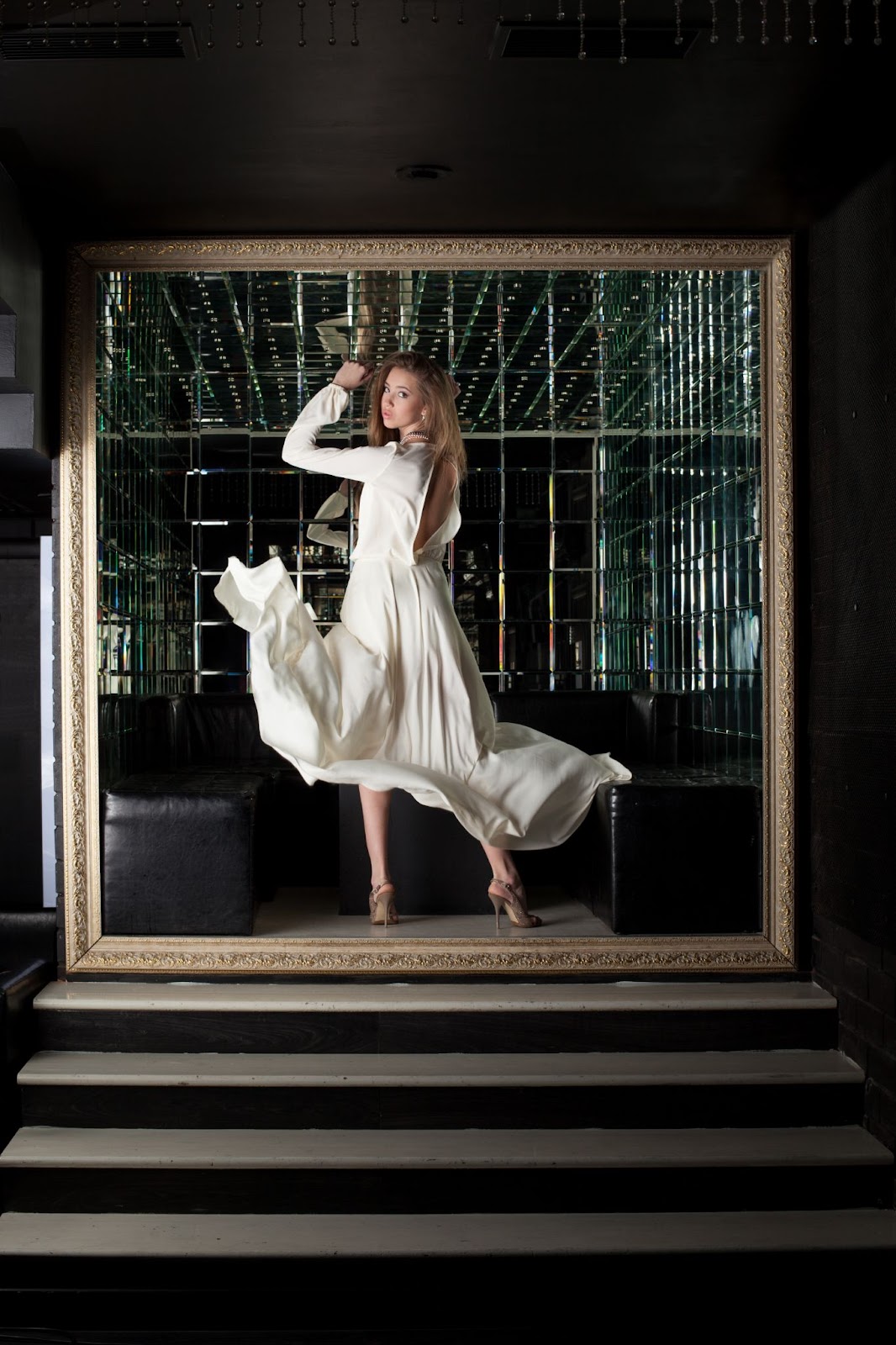
Fashion photography composition refers to the arrangement of visual elements in a photograph to emphasize form, enhance beauty, and portray style. It involves careful consideration of factors such as framing, angles, lighting, color balance, and shallow depth of field to highlight the subject (often a garment or a fashion model) effectively.
Essentially, it’s the intentional placement and juxtaposition of elements within the frame that guides a viewer’s eye and creates a compelling image.
Why is Composition in Fashion Photography Important?
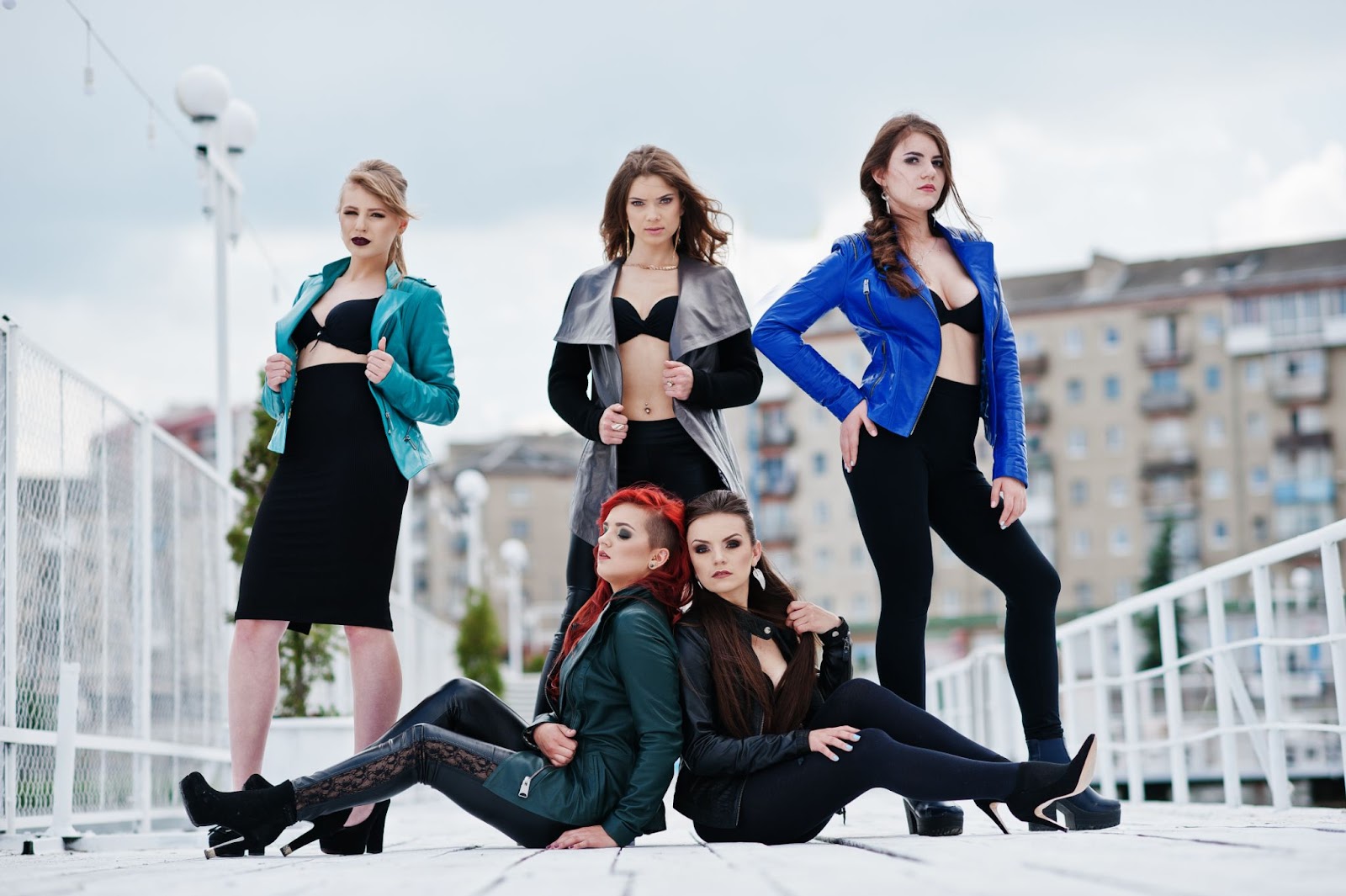
Composition is the backbone of any photograph, and it becomes even more crucial in fashion photography. It’s the bridge between the viewer and the story that the photographer wishes to convey. By arranging elements in a meaningful way, a good composition amplifies the visual appeal of a fashion photograph, holding the viewer’s attention and stirring their emotions. It allows fashion photographers to spotlight the central focus – the outfits, the model’s charisma, or the setting’s ambiance – effectively.
A well-thought-out composition can make an image visually striking, even without extravagant elements. In essence, mastering composition paves the way for ordinary fashion photos to be turned into extraordinary works of art.
Read our blog on 9 Different Types of Fashion Photography
20 Tips to Master Fashion Photography Composition
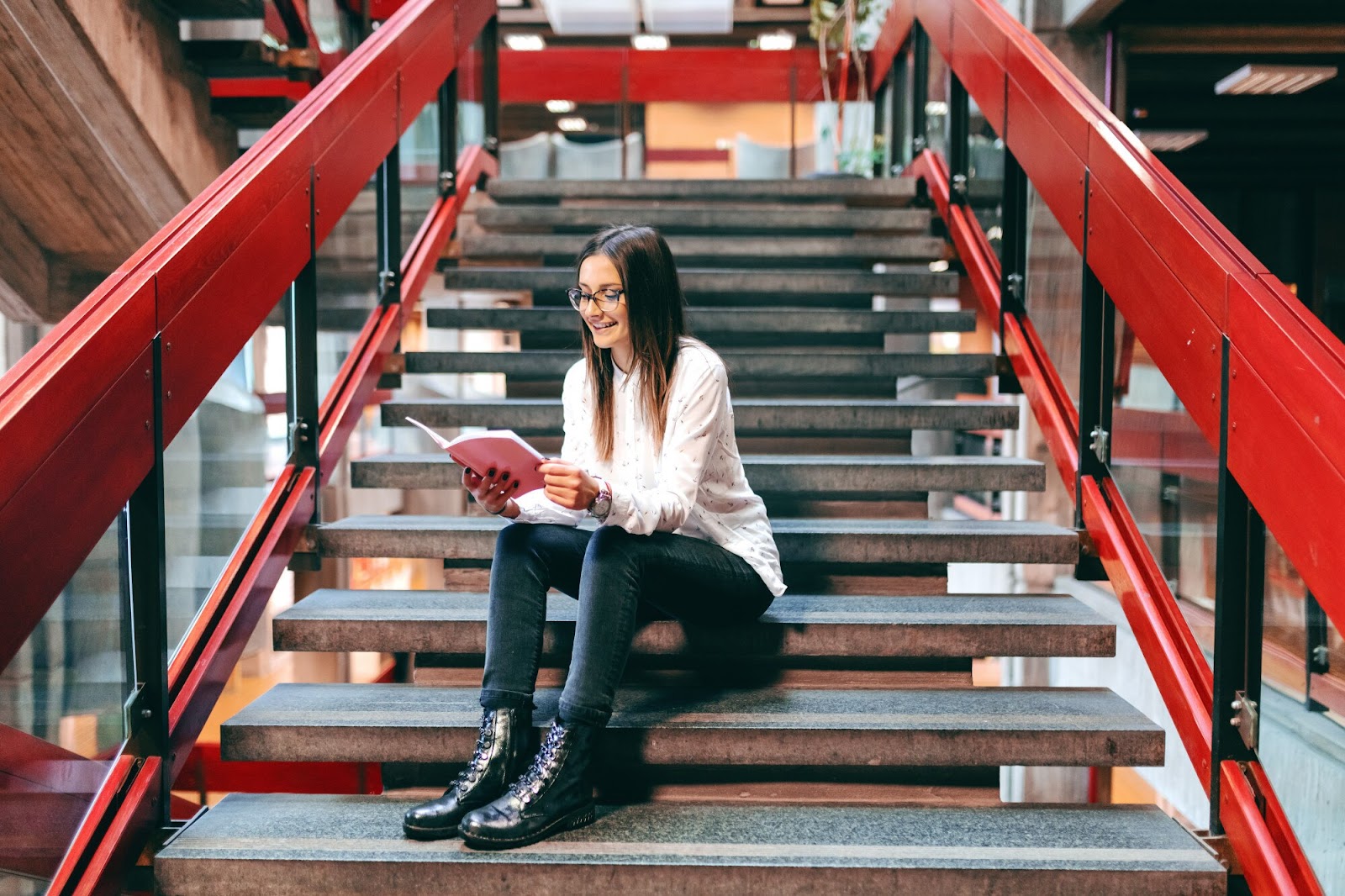
Fashion photography is more than just capturing stylish outfits and glamorous poses; it’s about creating compelling visuals that tell a story and evoke emotion, regardless of the style of photography. The cornerstone of achieving this lies in mastering composition—the artful arrangement of elements within a frame. In this section, we will discuss 20 actionable composition tips designed to help you elevate your fashion photography. Let’s get started!
Tip 1: Rules of Thirds
When composing high fashion photography, a key technique to employ is the rule of thirds. This rule involves dividing your frame into a grid of nine equal sections by two vertical lines and horizontal lines, emphasizing the importance of positioning your subject along these grid lines or at their intersections.
By applying the rule of thirds, you create a visually appealing and balanced composition that draws the viewer focus to the main subject. This technique is a fundamental principle in photography and can significantly enhance the overall impact of your fashion images.
Tip 2: Centered Composition and Symmetry
Centered composition and symmetry play an essential role in fashion photography. Placing the main subject in the middle of the frame can create a sense of balance and harmony in the image. Symmetry adds a pleasing aesthetic to the photograph, drawing the viewer’s attention directly to the subject.
Photographers can use these techniques to capture compelling and visually appealing shots that resonate with the audience. Experimenting with centered compositions and symmetry can elevate your fashion photography to the next level, making your images stand out in the competitive world of photography.
Tip 3: Depth and Foreground Interest
Creating depth in fashion photography adds layers to your composition, elevating visual interest. Including foreground elements can enhance the storytelling within your image, drawing viewers into the scene. By incorporating objects or people in the foreground, you create a sense of depth and dimension.
This technique adds complexity and intrigue to your photos, guiding the viewer’s eye through different parts of the frame. Experiment with varying depths to create dynamic and engaging images that stand out in the world of fashion photography.
Tip 4: Frame within a Frame
Explore the creative technique of framing within a frame to add depth and visual interest to your fashion photography compositions. By incorporating elements within the image that frame the main subject, such as doorways, windows, or arches, you draw the viewer’s eye toward the focal point.
This approach creates a sense of dimension and layers within the photograph, enhancing the overall storytelling effect. Experiment with this composition technique to elevate your fashion photography and create captivating images that stand out. Frame within a frame offers a unique perspective that can set your work apart.
Tip 5: Leading Lines
Leading lines are a powerful compositional technique in fashion photography. They guide the viewer’s eyes toward the main subject, creating a sense of depth and movement in the image. By incorporating leading lines, such as roads, fences, or buildings, you can enhance the visual impact of your photos and draw attention to key elements within the frame.
Experiment with different angles and perspectives to make the most of leading lines in your fashion photo shoots. This technique adds dynamism and interest to your photographs, elevating them to the next level.
Tip 6: Diagonals and Triangles
Using diagonals and triangles in fashion photography composition is a good idea to add dynamic energy and visual interest to your images. Diagonal lines create a sense of movement and lead the viewer’s eye through the photo, while triangles convey stability and balance. By incorporating these elements, you can create compelling and engaging compositions that stand out.
Experiment with different angles to find the best way to integrate diagonals and triangles into your shots. Whether it’s through the positioning of your model or props, utilizing these shapes can take your fashion photographs to the next level.
Tip 7: Patterns and Textures
Patterns and textures play a crucial role in fashion photography composition, adding depth and visual interest to the image. Incorporating unique patterns or textures can elevate your image quality, making them stand out in a saturated market.
Experiment with different fabrics, prints, and surfaces to create compelling visuals that resonate with your audience. By strategically using patterns and textures, you can enhance the overall aesthetic of your fashion photographs and convey a specific mood or style.
Don’t shy away from bold choices; they can often result in the most striking and memorable images.
Tip 8: Break the Pattern
Challenge the conventional norms in fashion photography composition by breaking the pattern. Dare to experiment with unique angles, perspectives, and compositions that deviate from the expected. Incorporate unexpected elements or disrupt the visual flow to add intrigue and captivate potential buyers.
By breaking the pattern in your compositions, you can infuse a sense of creativity and originality into your fashion photographs, setting them apart from the ordinary. Embrace asymmetry, unconventional framing, or unexpected focal points to add a dynamic and edgy vibe to your images.
Tip 9: Rule of Odds
In fashion photography composition, the Rule of Odds is a valuable technique. By incorporating an odd number of subjects in an image, such as three or five, a sense of harmony and visual interest is created. This rule adds a unique dynamic to your composition, avoiding symmetrical monotony.
When applied skillfully, the Rule of Odds can draw the viewer’s eye into the frame, making the photograph more engaging and visually appealing. Experiment with this concept in your fashion shoots to elevate your images to a new level of artistry.
Tip 10: Fill the Frame and Negative Space
Experimenting with negative space and filling the frame can transform your fashion photographs. By strategically leaving areas devoid of details, you draw attention to your main subject, creating a captivating composition.
Filling the frame with your subject can enhance the viewer’s focus on the essential elements of the image, emphasizing the beauty of the fashion items or the model.
Mastering this technique can elevate your fashion photography to the next level, making your images visually striking and engaging. Embrace the power of negative space and full frames to craft visually appealing and impactful fashion shots.
Tip 11: Rule of Space
The Rule of Space involves giving the subject visual space to move or look into within the frame. By implementing the Rule of Space, fashion photographers create a dynamic and engaging composition that draws the viewer’s focus and enhances the overall narrative of the image. This technique adds depth and a sense of movement to the photograph, making it more visually appealing and intriguing.
Mastering the Rule of Space elevates the quality of fashion photographs and is a fundamental principle in creating impactful and visually compelling images.
Tip 12: Capture the Details
When aiming to capture the details in fashion photography, focus on the intricate elements that enhance the overall image. Details such as textures, patterns, accessories, and fabrics can elevate the visual impact of your photographs. By zooming in on these finer points, you create a sense of intimacy and storytelling within your images.
Pay attention to the small nuances that make a big difference in the final outcome. Utilize close-up shots to highlight specific details and bring a unique perspective to your fashion photography compositions.
Tip 13: Experiment with Different Angles and Perspectives
Experiments with different angles and perspectives can elevate your shots to the next level when capturing fashion photographs. By exploring unique vantage points, you can infuse creativity and intrigue into your compositions. Whether shooting from above, below or sideways, varying your angles adds depth and visual interest to your images.
Perspectives play a crucial role in conveying mood and storytelling in fashion photography. Embrace unconventional angles to create dynamic and captivating visuals that stand out in the competitive world of fashion photography.
Tip 14: Juxtaposition
Juxtaposition is a powerful tool in fashion photography composition, juxtaposing elements that create striking contrasts or surprising combinations. By placing opposing elements together, such as high fashion against urban grit or couture fashion in mundane surroundings, you can evoke depth and intrigue in your images.
This technique adds complexity and visual interest, making your photos memorable and thought-provoking. Experiment with juxtaposition to challenge the viewer’s perceptions and create thought-provoking narratives within your fashion photography compositions. It’s a technique that can elevate your work to new creative heights.
Also, read our blog on How to Achieve Stunning Product Photography with Models
Tip 15: Golden Ratio
Compose your fashion photographs utilizing the Golden Ratio to achieve visually captivating and harmonious images. The Golden Ratio, a mathematical principle often seen in nature, art, and design, can add an aesthetic appeal to your compositions.
By dividing your frame according to the Golden Ratio, you can place your main subject strategically to create a visually pleasing balance that naturally directs the viewer’s focus.
Incorporating this technique in your fashion photography can elevate your images to a level that resonates with viewers subconsciously, making it a powerful tool in your creative arsenal.
Tip 16: Be Inspired by Art and Film
To elevate your fashion photography composition, draw inspiration from the world of art and film. Explore how lighting and angles are used to create mood and drama. Study how colors are harmonized or contrasted to evoke emotion. Immerse yourself in the narrative techniques employed in films to tell a compelling visual story through your images.
By infusing your work with elements from different artistic mediums, you can add depth and creativity to your fashion photographs, taking them to the next level. Embrace the creativity and vision of art and film to enrich your photography style.
Tip 17: Use Props Strategically
Effective use of props in fashion photography can elevate the overall composition of your images. Props serve as visual aids that complement the subject, adding depth and interest to the scene.
You can create compelling visual narratives that engage viewers by strategically incorporating props that align with the theme or story you want to convey. Depending on the desired aesthetic, props can range from everyday objects to extravagant items.
Experiment with different props to find what works best for your shoot, ensuring they enhance your subject rather than distract from it. Prop selection plays a vital role in shaping the tone and style of your fashion photographs.
Tip 18: Pay Attention to the Background
Ensure that the background in your fashion photography complements the main subject and enhances the overall composition. A cluttered or distracting background can take away from your subject, so opt for clean, unobtrusive backgrounds or ones that add context to the image without overpowering it.
Experiment with different backgrounds to see what works best for each particular shoot, whether it’s a seamless white wall for a minimalist look or a carefully curated set for a more elaborate feel. Remember, the background should support your subject, not steal the spotlight.
Tip 19: Styling Matters
Styling plays a crucial role in fashion photography composition, influencing the overall look and feel of the image. The right styling can elevate a photograph, conveying the desired message and enhancing the aesthetics. Understanding the synergy between colors, textures, and shapes can bring harmony to the composition.
Styling complements the subject and helps create a cohesive narrative within the frame, adding depth and visual interest. Experimenting with different styles can inject creativity and uniqueness into your fashion photographs.
Tip 20: Think About Color Theory
Experimenting with color theory can elevate your fashion photography compositions to the next level. By understanding how colors interact and complement each other, you can create visually striking images that captivate viewers.
Consider the mood you want to convey and choose your color palette accordingly. Bold, vibrant colors can convey energy and excitement, while softer tones evoke a sense of tranquility.
Pay attention to the color of your subject’s clothing, the background, and any props to ensure a harmonious blend. Don’t be afraid to play with contrasting colors for a dynamic impact.
Also read: Unlocking 9 Latest Fashion Photography Trends in 2024
Flix Studio: Turning Ordinary Moments into Extraordinary Visuals
At Flix Studio, we understand that fashion photography composition is not just an art—it’s an essential tool for creating impactful visuals in the fashion industry. With our studio shoots tailored for different types of images, we offer a great way to showcase your clothing in the best light. An essential part of this process is achieving the perfect look and aesthetic, which is why we combine AI-based styling and pairing recommendations with insights from our team of expert stylists. This ensures that every detail aligns seamlessly to tell a cohesive visual story.
We deliver HQI (High-Quality Image Assurance) through a meticulous 60-point quality check system, guaranteeing images that resonate with real life perfection. Plus, with our 99% true color representation—achieved through a pure daylight environment—your products look as authentic as they would in person, reducing returns due to color mismatches. Partner with Flix Studio for flawless imagery that elevates your brand.
Conclusion
Mastering the art of composition can elevate your fashion photographs into captivating visuals that stand out, especially in today’s social media-driven world. A well-composed image not only catches the eye but also leaves a lasting impact.
Follow the practical tips shared in this blog to hone your skills and capture fashion photos that evoke admiration. While the rules provide a strong foundation for beginners and a guide for professionals, remember that creativity and individuality are key. Don’t hesitate to experiment, break norms, and let your unique style and creative vision shine through your compositions.
Frequently Asked Questions
What are the essential elements of fashion photography composition?
Fashion photography composition incorporates several elements, including the model, the fashion item, the backdrop, color combinations, light and shadow interplay, and the proportions and balance among these elements. A good composition accounts for all these aspects, creating a visually harmonious and appealing image.
How do camera settings affect composition in fashion photography?
Camera settings play a vital role in fashion photography composition. Shutter speed controls the motion blur, aperture affects the depth of field and focus area, and ISO influences the image’s brightness. These settings impact how elements are highlighted, perceived and interpreted in a fashion photograph.
What role does lighting play in fashion photography composition?
Lighting profoundly impacts fashion photography composition. It defines the mood, highlights the subject, and adds depth to the image. Manipulating lighting can create dramatic shadows, emphasize textures, and direct the viewer’s attention, thus having a significant influence on the visual appeal of the photograph.
How important is the choice of location for fashion photography composition?
The choice of location is inherently linked to fashion photography composition. It determines the background, the available natural light, and the potential for different angles. These factors significantly shape the visual narrative, hence making the location selection crucial for creating compelling fashion photographs.
What post-production techniques can be used to enhance fashion photography composition?
Post-production techniques like cropping can help refine fashion photography composition, eliminating unwanted parts and focusing on the subject. Color grading can enhance mood, and retouching can highlight key details. However, it is always the best way to frame the photograph correctly while shooting, minimizing the need for post-production enhancements.

